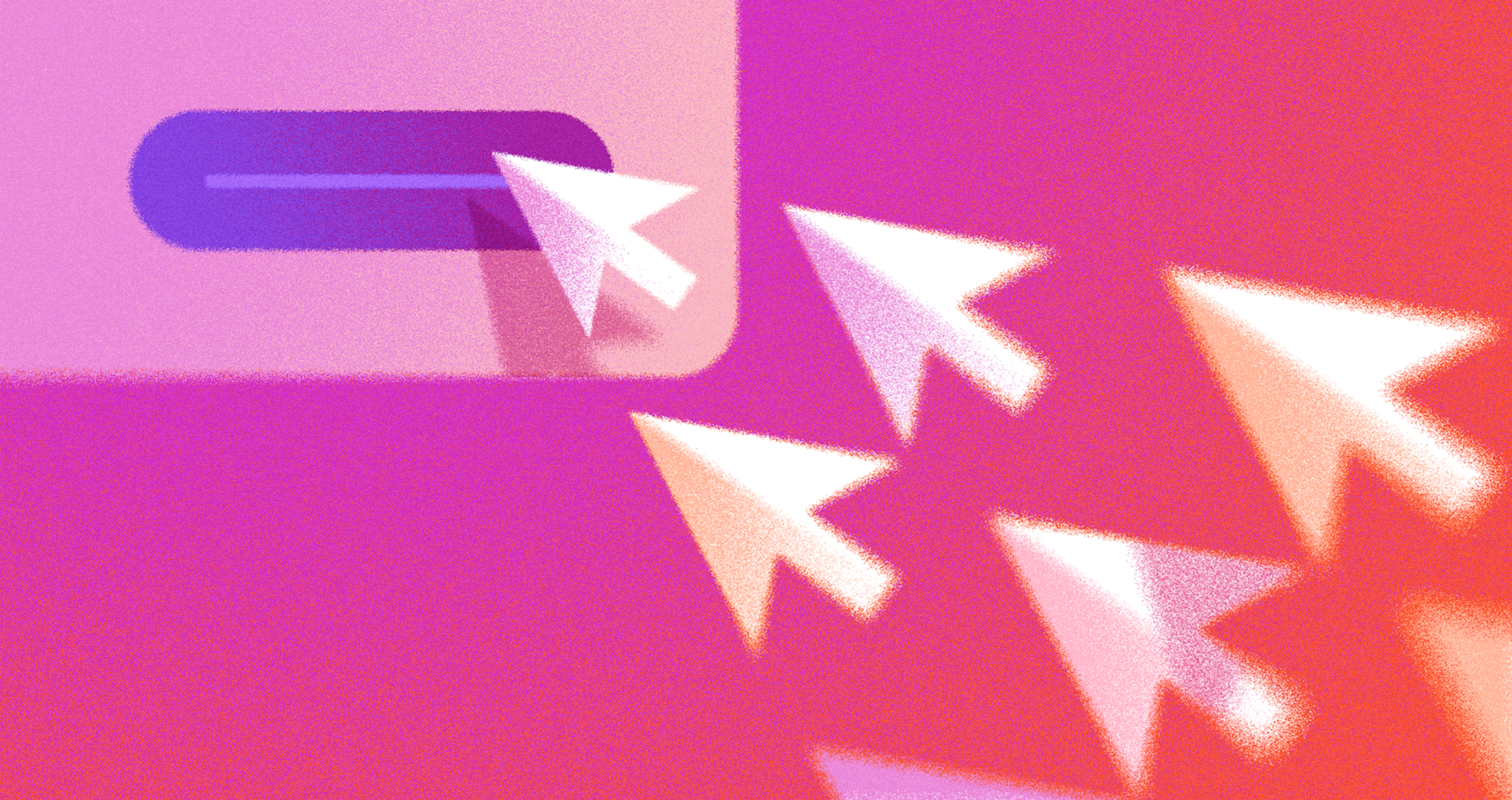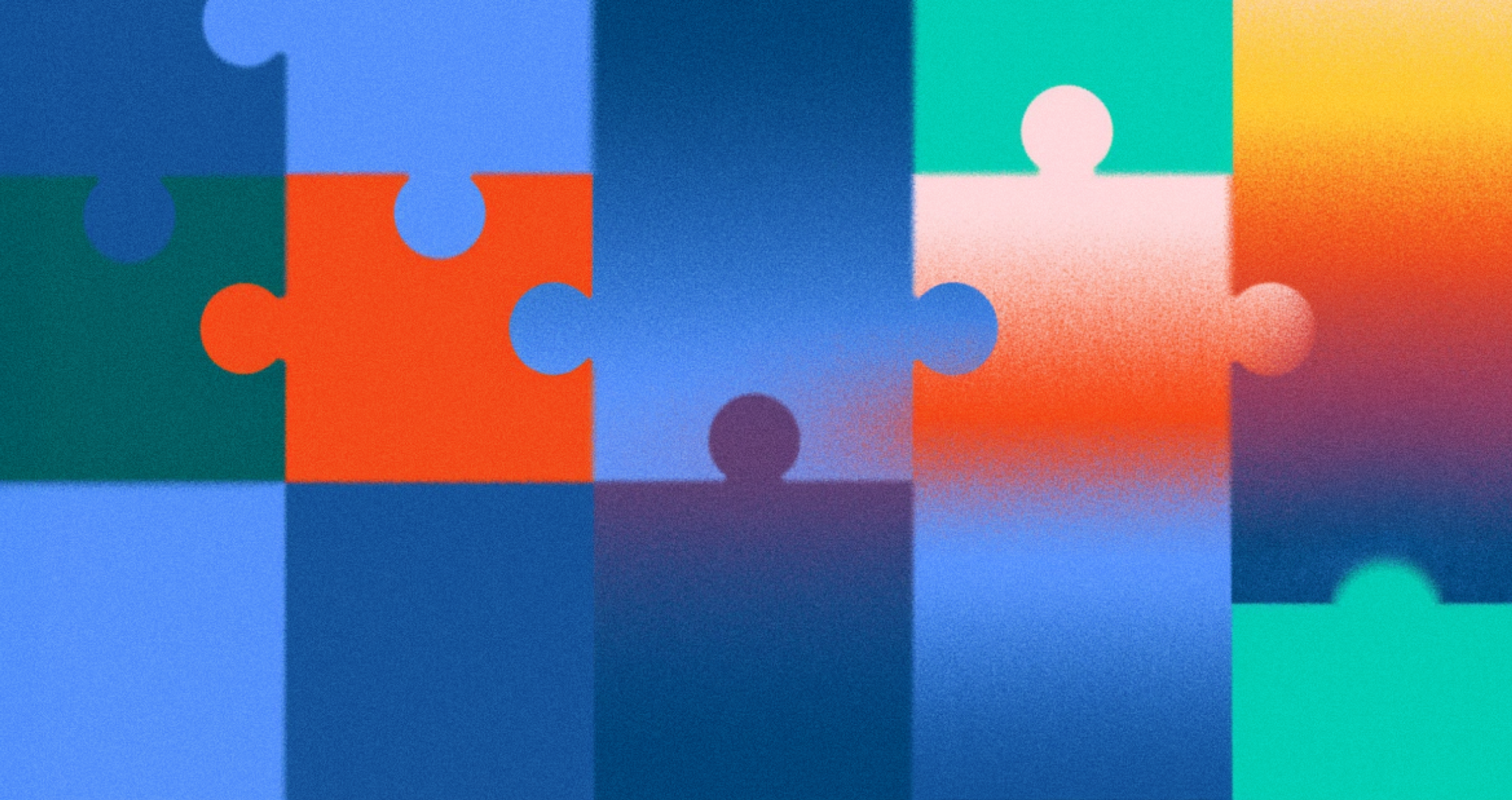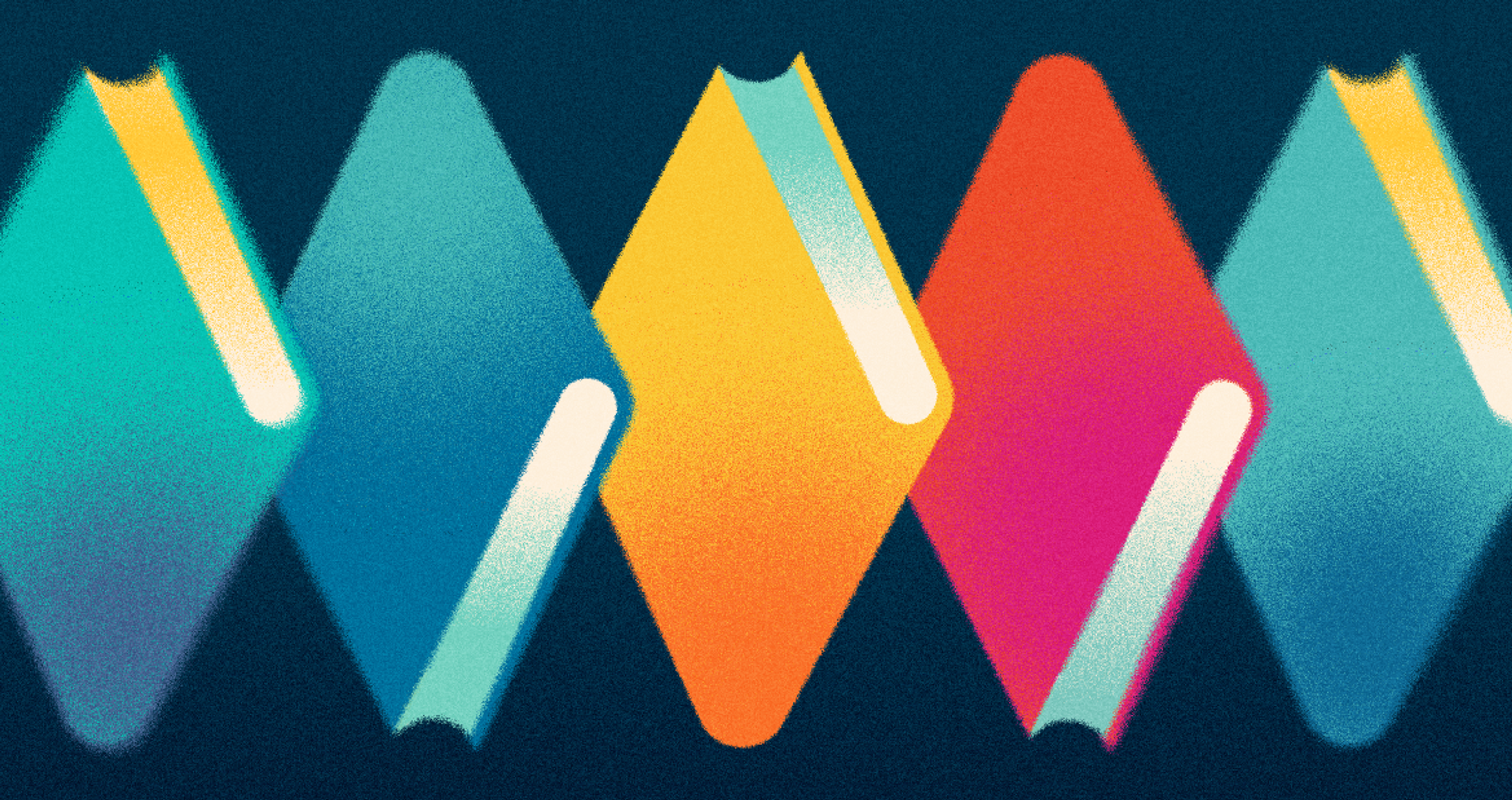Web design trends tend to wind and weave like grass growing in the wilderness alongside a paved road. What works one day might not work the next. Learning current trends is key to creating websites people enjoy and want to visit.
This year, we've also learned new trends. There is dark mode… done right, interfaces that work and anticipate the user's needs, and AI tools that boost productivity. The latest waves are stealthy advances that lessen the complexity and increase the speed and ease with which websites are designed.
What will shape website design in 2026?
Evolving Patterns Through Practice
Genuine use rather than design blogs gives emerging and real trends their roots. If something works in different areas, then there is a pattern worth following.
You can now use command palettes, which originated from code editors, in design tools, calendars, and checkout pages. These powerful tools are highly valued because they give access to a neatly compact search box and an almost limitless array of tools and sets.
Users are also fond of progressive disclosure cards that display and hide the text. These cards also have text that can be opened and closed to streamline the areas to only what is deemed clean and valuable.
Contextual action buttons are also helpful when present at the right moment. These display people's actions by showing the relevant actions that must be completed.
Patterns are like tools that can be sharpened and modified. Write down each pattern's purpose, when and how success is gauged, and update the pattern as you interact with and learn from users.
Smart Color Systems (Dark Mode Included)
A dark mode is now essential. Users are accustomed to it. A good dark mode rest mode reduces eye strain and battery consumption on OLED devices and improves the clarity of the content hierarchy.
Source: NNGroup
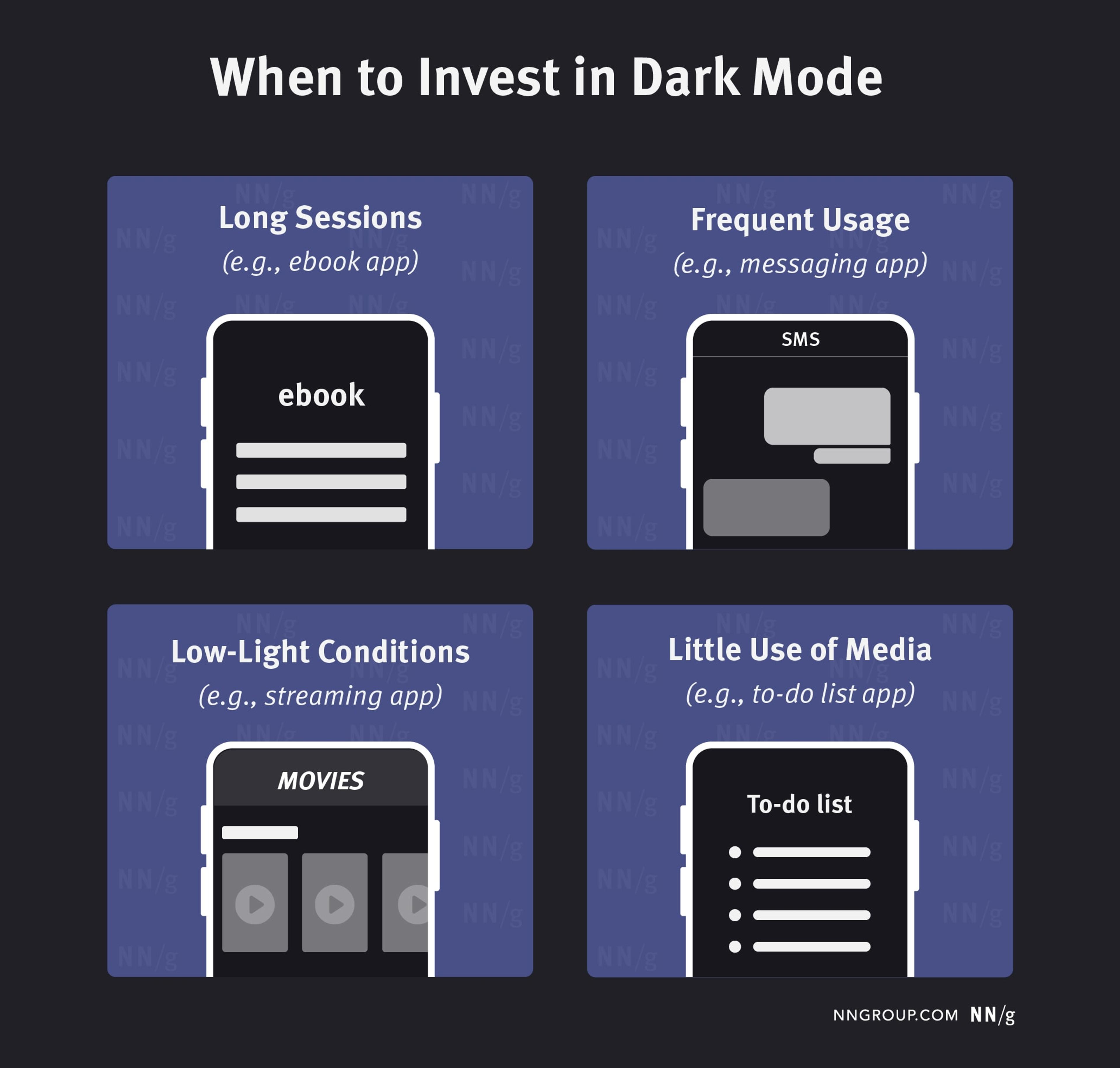
However, the dark theme of the UI needs more attention. Challenges such as the color contrast ratios of the text and buttons must be worked on. Visual hierarchy structures need to function appropriately in both dark and light modes. Both color ways need to show off the brand personality.
Implementation Tip
Use the same token-based color palette with clear semantic roles, then automatically generate dark and light variants. Test the design at increasing brightness levels and in both high and low ambient light.
An illustrative example of these trends in action is the design of Fooji's Crowdsail web app. The project emphasized creating an intuitive and enjoyable user experience by incorporating helpful tips, descriptive elements, and thoughtful interactive behaviors to enhance user-friendliness.
Fooji Light vs Dark Mode by Clay
A dark theme was implemented to ensure visual coherence and provide a more personalized user experience. Custom illustrations and icons were also crafted to uphold the brand's identity, strengthening the connection and preserving a friendly brand language.
Refined Soft Interfaces: Neumorphism and Glassmorphism
Neomorphism incorporates gentle shadows and rounded corners to create a calming intersection of flat design and soft depth. The rounded edges and soft lights create the illusion of gently resting and hovering elements.
Neomorphism is perfect for small-scale elements such as buttons, card components, or input fields, promoting a calming design interface.
Neomorphism should not be applied to every element's design. Pages featuring detailed tables and critical design needs require elements of contrasting color to direct the user's focus. Do a final assessment to ensure that your design is accessible. If it fails any criteria, go back to the drawing board and rethink your logic.
Source: WebDesignLedger
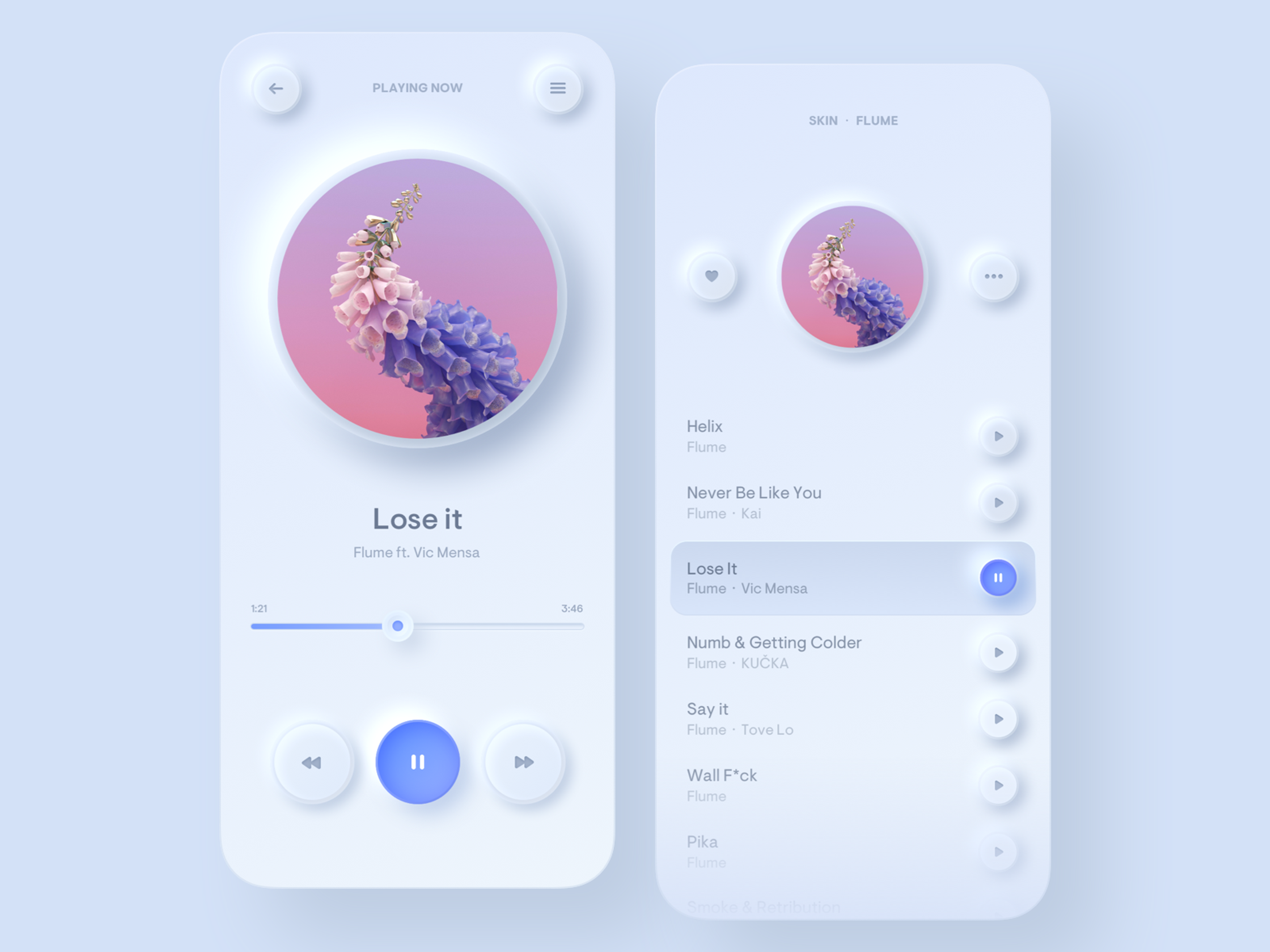
Glassmorphism is the opposite of neomorphism in every aspect of design and depth. Its elements are significantly separated by light borders and blur, creating the illusion of frosted glass. This style is fantastic for overlays, dropdown menus, and dashboard widgets.
Source: Dribbble
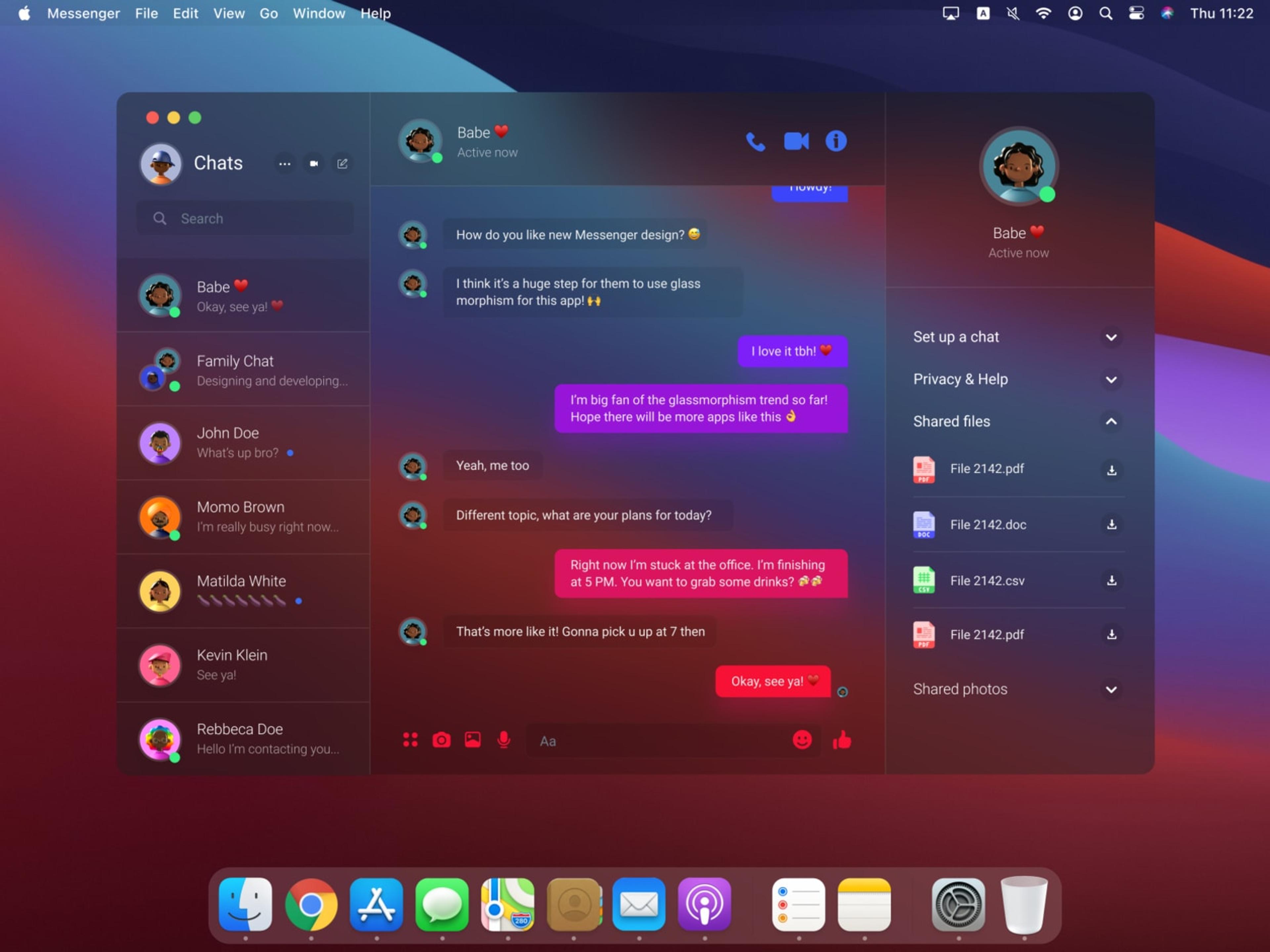
Ensure the blur style is light, or the device will automatically be stuck in performance mode. Devices that cannot perform at a high level should apply simpler styles.
One quick thing to highlight is that neomorphism is a style, while neuromorphic is a brain-based technology. The two should not be confused.
Advanced and Kinetic Typography
Typography enhances communication. It manages an individual's focus and the flow of their material.
Fonts are game changers in how we present type. One digital font file can house numerous typeface variants in different styles, weights, and widths. This improves download speed and offers many creative options. This font can be manipulated without additional copies of font files.
Kinetic typography enhances the experience by adding light, subtle animations. Instead of remaining stagnant, text can bloat slightly when hovered over or shift position while the user scrolls. These slight movements can assist in capturing user focus and reinforcing the storyline.
In all your digital works, create type scales that are responsive and adaptable. This means a heading should be equally appropriate on a mobile device when viewed on a desktop. While consistency is important, so too is flexibility.
Source: MotionVFX
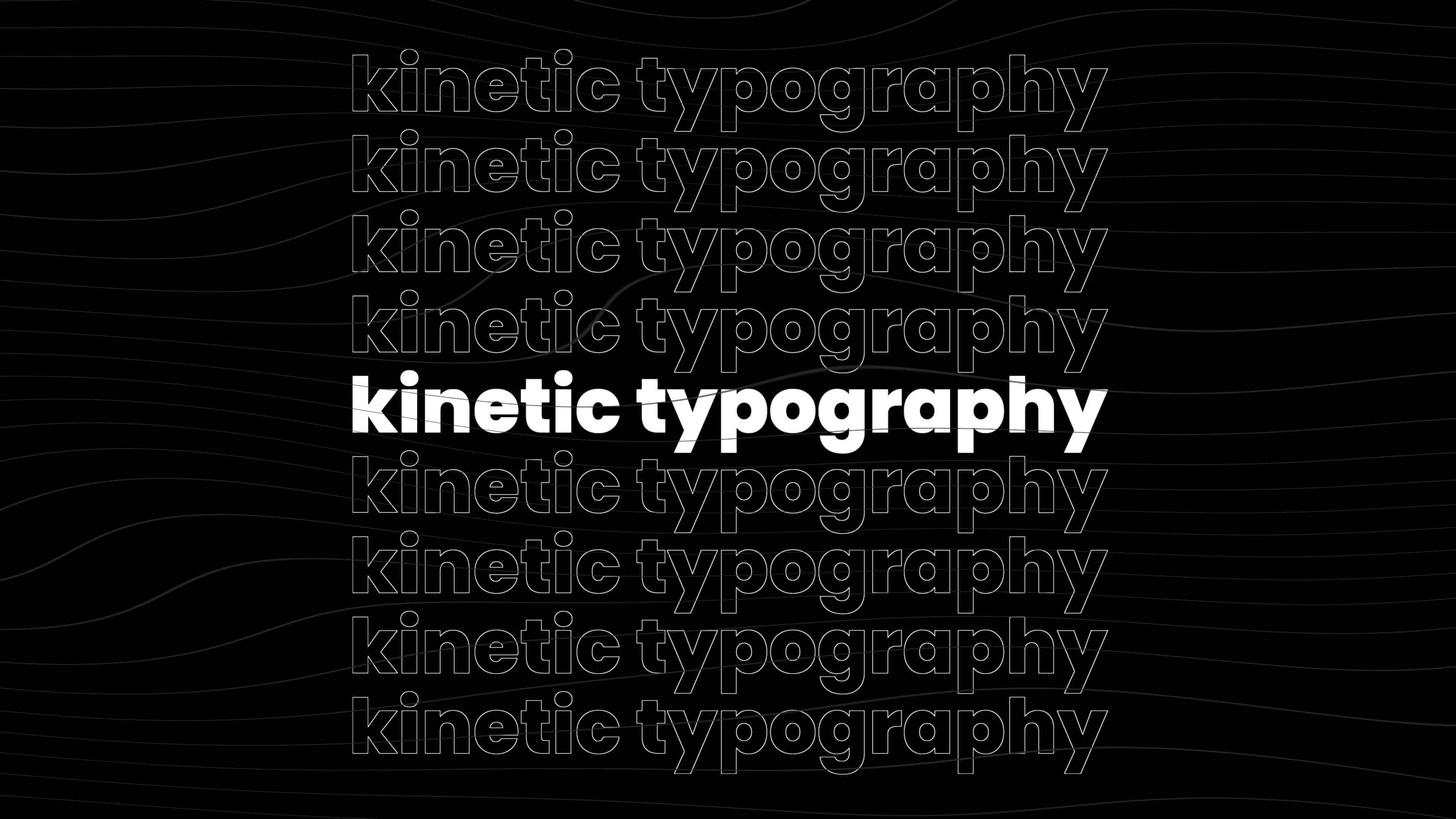
AI as Your Creative Co-Pilot, Not Your Replacement
Designers will not lose their jobs because of AI. They will be left behind. See AI as your design assistant in your studio.
AI works best with the structure and mechanical aspects of designs. It supports harmonizing and contrasting different colors to create a color palette. AI designs contextual layouts by predicting user behavior to address common UX issues.
Intelligent color tools develop complementary color schemes in seconds. They automatically check contrast ratios. Adaptive type systems adjust line length and font size according to content and screen size. Recognition systems identify pairs of components that frequently occur together and suggest organized enhancements.
You provide insight and creativity. AI takes care of mindless tasks, hurries exploration, and enforces uniformity. It enables you to comply with tight timelines while ensuring high results.
Treat AI recommendations like code executed by an engineer, and do a thorough evaluation. Test them with real users. Refine according to your brand and audience.
3D Design That Matters
WebGL and new libraries render 3D manageable for the web. However, being manageable doesn't translate everywhere. 3D should be used only when it addresses a specific need.
3D aids in product exploration. Users can rotate items, zoom in on details, and derive size in a way that photos do not provide. Clarifying educational content can be done when intangible concepts are visualized. Data visualization can surface insights that are otherwise hidden in flat charts.
Immersion that resolves issues should be prioritized. 3D embellishments that are only for aesthetic appeal should be disregarded. Users on less powerful devices should be enabled to lower detail levels. Consistent smooth performance is valued over high visual detail.
Source: Chirpley
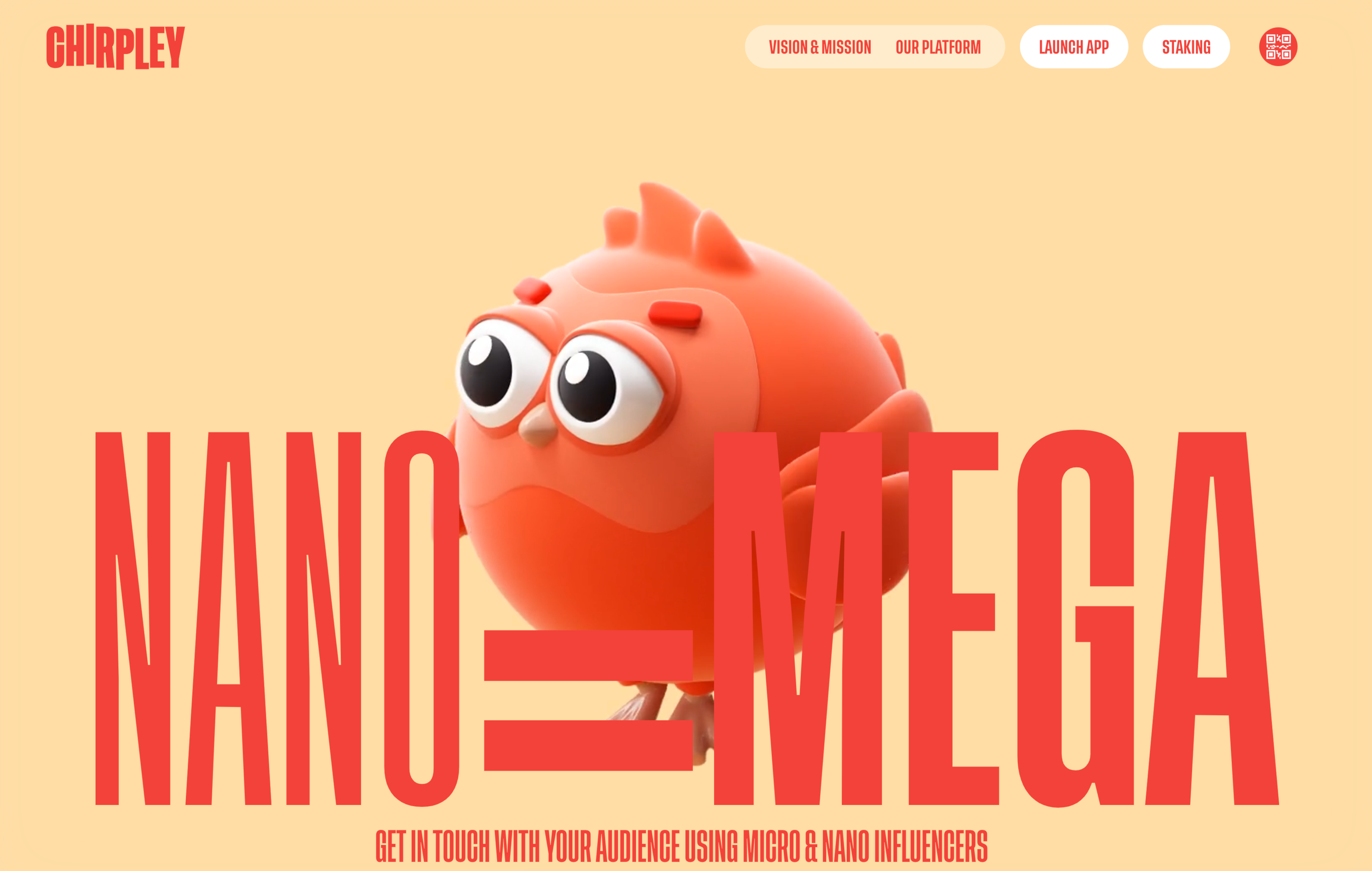
Interfacing That Anticipates Your Needs
With zero-UI design, no designed elements interfere. With these interfaces, users do not need to search the menus. Their needs are satisfied with a context predicted by the system.
Users use voice input without hands for tasks such as driving or cooking. Other tasks where hands are occupied are also conducive to using voice control. Users' location, the type of device, the time of day, and the activity in progress help to create a context.
Users can start browsing products on their mobile phones and continue on their laptops. For example, the system remembers users' context and preferences when they have lunch. After lunch, users shift from using their phones to their laptops.
Users do not ask for system suggestions. The system can predict steps and perform actions that users plan. Users are in complete control; their intervention is minimal. Display what the system does, can do, knows, and generates reasoning if users hear an unsatisfactory sentence proposed by the system.
Users are heavily encouraged to speak. In daily conversations, keywords are not used. Intents and wording usually vary in a sentence. Use systems that decipher basic conversational elements such as pauses and corrections.
Source: LinkedIn
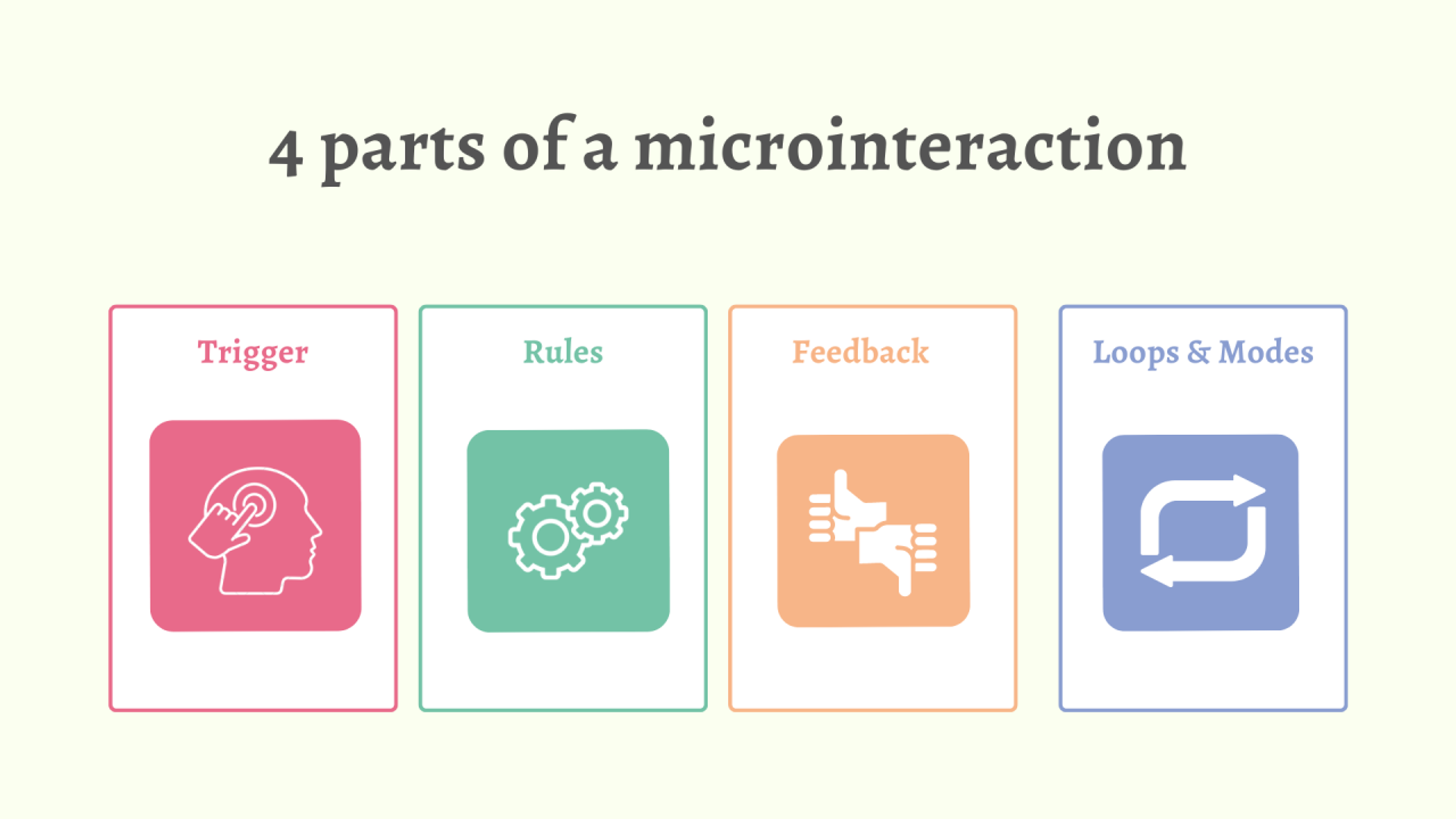
Web-based AR and VR
AR and VR technologies have moved beyond novelty and now address real-world use case scenarios.
Retailers are engaging AR and VR technologies to enhance "virtual try-ons" features. Furniture retailers demonstrate how a couch fits into a customer's living room.
Eyewear retailers allow customers to overlay frames in real-time. Customers' confidence in products increases, thus reducing returns.
Performance That Serves Everyone
Performance and accessibility have the same goal when viewed from sustainability. They are not separate.
Longer pages with light text consume less energy and time, load faster, and perform better on slow connections. When technology is optimized, everyone benefits.
Images and videos require considerable optimization. WebP and AVIF are modern formats that offer better compression. Provide the correct sizes for screens and lazy-load files below the fold.
Honor system preferences. If a user enables reduced motion, respect it. If a user selects dark mode, provide it. If a user requests less mobile data, provide lighter content.
Progressive enhancement. Core functionality should work only in basic browsers using a keyboard. Enhanced features can sit above for more capable devices.
Source: LinkedIn

FAQ
What Are The Most Impactful Web Design Trends In 2026?
System-level shifts lead: ambient/zero-UI behaviors, AI-assisted design systems, parametric layouts, and performance-first accessibility. Visual styles (dark mode, soft surfaces, kinetic type, 3D) help only when they clarify tasks.
How Do I Balance Performance, Sustainability, And Accessibility?
Treat them as one goal. Set budgets, respect user preferences like reduced motion, ship progressive enhancement, and use efficient, low-impact hosting.
What Is Parametric Design And Why Use It?
Parametric design encodes rules for spacing, scales, and color relationships so layouts adapt automatically to content and context. Result: fewer edge-case templates, more consistency, faster iteration.
How Do Ambient/Zero-UI Patterns Change Navigation?
Context (time, location, device, recent activity) pre-selects likely actions and shortens paths. Always provide manual overrides and clearly show system state so people stay in control.
How Can AI Assist Design Without Replacing Designers?
Use AI to explore variants, generate token-safe palettes, and surface usability risks. Keep humans in charge of narrative, ethics, and brand taste, and review AI-suggested changes like code.
Read more:
Conclusion
The strongest trends of 2026 are systematic, not superficial. Responsive pattern collections synchronize across systems. Ambient behaviors reduce friction invisibly. AI lifts repetitive burdens to regain focus on the craft. Performance, sustainability, and accessibility blend into one discipline.
Onboard universal design trends such as dark mode, soft surfaces, and 3D design to achieve clarity and enhance narrative focus. Each design must rest on well-tested foundations. Measure impact based on the user journey. Prioritizing real human needs is at the core of every decision.
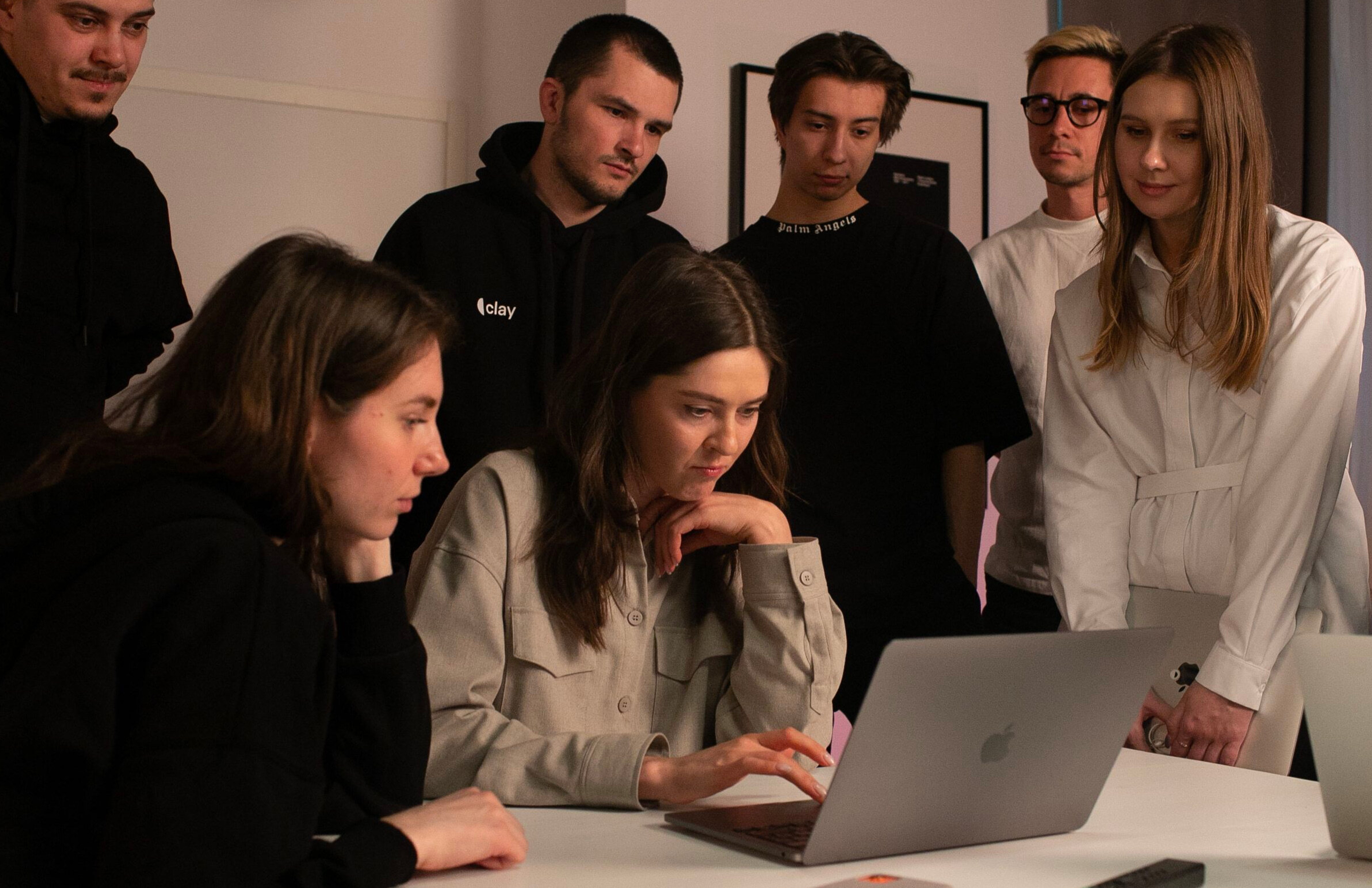

About Clay
Clay is a UI/UX design & branding agency in San Francisco. We team up with startups and leading brands to create transformative digital experience. Clients: Facebook, Slack, Google, Amazon, Credit Karma, Zenefits, etc.
Learn more

About Clay
Clay is a UI/UX design & branding agency in San Francisco. We team up with startups and leading brands to create transformative digital experience. Clients: Facebook, Slack, Google, Amazon, Credit Karma, Zenefits, etc.
Learn more
